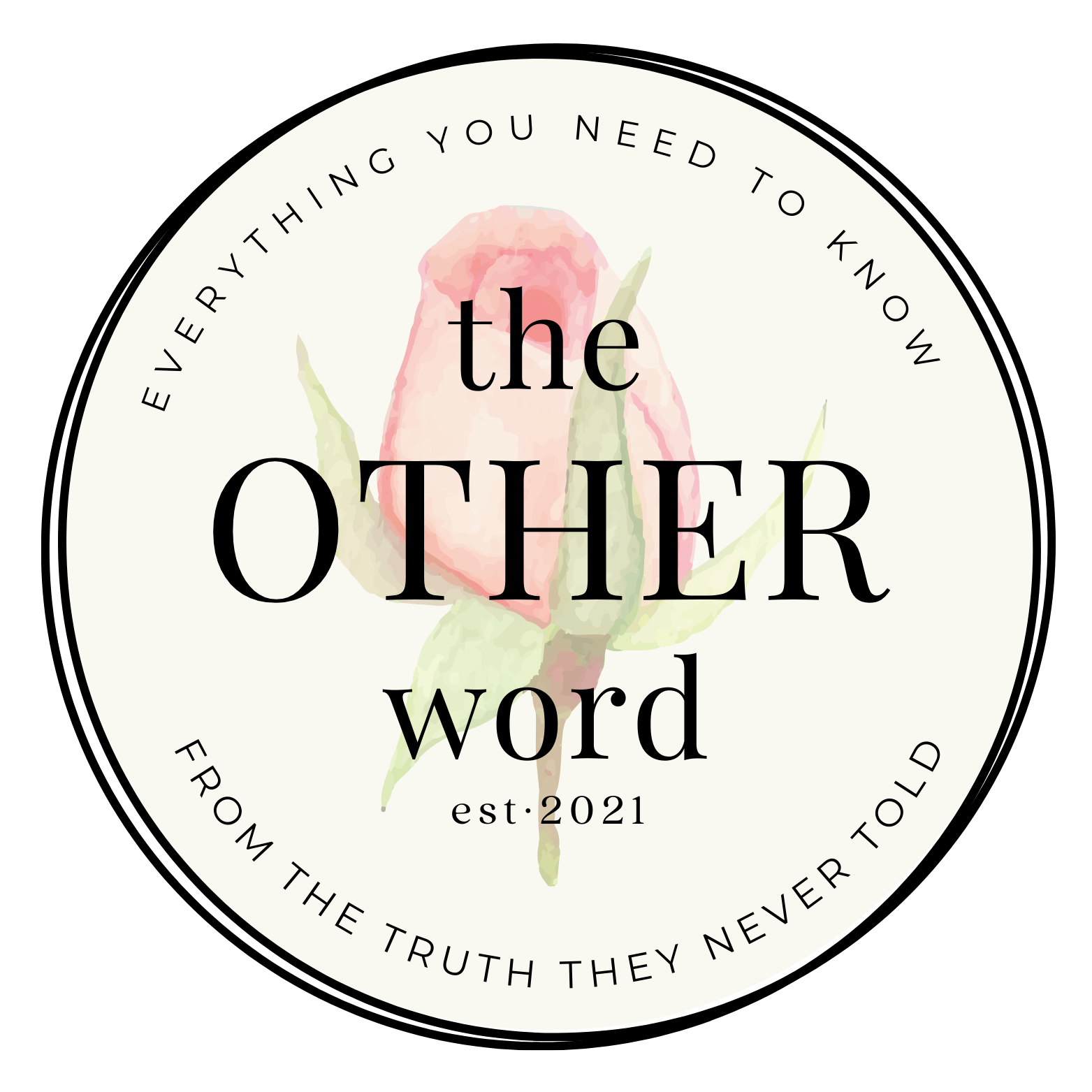“I don’t want you to act a certain way because you’re afraid of getting in trouble. I want you to act a certain way because it’s the right thing to do and it’s good for you.”
That’s what I told my students about my counterculture, borderline non-existent behavioral management plan when I used to be a teacher. Self-Regulation was not a concept they’d been accustomed to and I don’t think they knew they were capable of it until they had me. I treated them like they were good-natured humans for the first time in their life, instead of conditioning them like they animals in need of behavioral training.
If people are treated like animals, they start acting like animals and that’s what the school system has been doing.
It’s been quietly removing our humanity.
These days in schools you will find that behavior management is considered to be the most important quality of a “good” teacher. It doesn’t matter if they have no idea how to teach children to read or what critical thinking actually is as long as their classroom is organized and their students are well-behaved. Good teachers are the ones who are the best at controlling people and eliciting desired performance results and if you are bad at that, then you are bad at your job.
Yes, a certain degree of routines, procedures and ground rules are required to create a productive group learning environment, but school should not be a place for behavioral training. Teachers act like B.F. Skinner by controlling motivation and training behaviors as if humans are exactly like dogs.
But, humans aren’t dogs and as the holidays approached during my final year of teaching, I had already grown tired of over-regulating my students to satisfy the behavioral expectations held over them. It did not sit well with my soul to continue coercing them to organize into some sort of recognizable conformity.
They were all too unique to be molded and even more difficult than their individuality was the fact that most of them could not function independently, even if they were given very specific guidelines and procedures for how to perform a task. Since I wasn’t hired to program robots and I knew there was something deeply wrong with how teachers were expected to educate kids in the 21st century.
The children were not self-regulating. They weren’t thinking for themselves and no matter how hard I tried to plan ahead for any unforeseen loophole to my instruction that they might take advantage of, it still seemed that it was impossible for me to frame my directions perfectly for every student to understand what they needed to do without my support.
They were completely co-dependent and unable to function without a reward.
I became fed up with bribing them and micro-managing their behavior. It wasn’t helping them learn anything, nor were they developing self-control. Their self-awareness in general was almost non-existent and I wondered how they could control something that they don’t even know.
I decided to find a way to help my students learn how to manage their freedom, all by themselves and that’s when I came up with the Cupcake Experiment.
The activity was a little social experiment of sorts that allowed me to observe the level of autonomy my students were capable to achieve a baseline for future planning, but it also provided me with an opportunity to see how capable they were of independently creating and maintaining order and social harmony.
In the Cupcake Experiment, I brought 3 dozen unfrosted cupcakes to school with only 2 small tubs of frosting and 2 small packs of holiday sprinkles to decorate them with. It wasn’t a lot of items, in fact, it was almost not enough and there was a chance that we would run out of toppings if each student didn’t use a reasonable and fair amount on their cupcake.
I set everything up in an assembly line on my back reading table and then, I told my students that I was not going to regulate them at all. They had to do it all by themselves and they couldn’t talk, that way no one could take charge and start being the boss.
Imagine the reaction of 9-11 year old children when you give them a challenge involving cupcakes and silence. They were totally up for the challenge.
It became their responsibility to maintain composure and make good choices as they went through the assembly line and not mine. They had to strike a balance individually and as a group so that everyone got access to enough frosting and sprinkles, while being careful not to deprive themselves either. If they did well, it meant I would do more fun community-building activities, as well as give them more freedom and autonomy. If it was a disaster, I said we’d probably not be able to do anything like it again and I’d be forced to become the authoritarian style teacher they did not want me to be.
And my tone was very serious.
I explained that it was important for them to learn how to take notice of what was happening around them regarding who came first and who was behind that still had to go. I taught them explicitly how to look out for each other. This meant that they had to notice their place in line, how many students had gone before them, how many were left and how much frosting and sprinkles were still available so they could balance how much of the toppings they wanted to take with how much they should.
At the end of the experiment, each student had a perfectly balanced cupcake with plenty of frosting and sprinkles left over.
It was a success and everyone was happy.
Imagine that! Self-regulated harmony amongst children…all abundant with abundance to spare.
When we treat humans like humans, they actually learn how to care.



Comments are closed.